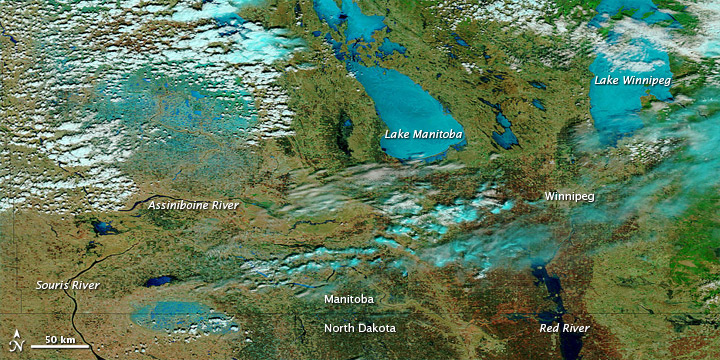Manitoba is undertaking four initiatives to help improve action against floods and water management, announced the Province’s Infrastructure and Transportation Minister, Steve Ashton, this week.
Flood review task force
Chaired by civil engineer David Farlinger, the task force will release a public report by late summer examining a number of areas and focusing on how they can be improved for future flood events including, provincial and municipal preparedness and response, flood forecasting, public communications and information sharing, operation of flood control infrastructure, and flood protection works.
Lake Manitoba and Lake St. Martin regulation review committee
Chaired by economist and certified management consultant Harold Westdal, the 13-person committee will have representation from technical and environmental experts, municipal, First Nation and Métis communities, agricultural producers and fishers. The committee will consult with local stakeholders and advise the province on the appropriate interim regulatory ranges for the lakes and complementary operating guidelines for the Fairford River Water Control Structure and Lake St. Martin channel. The committee will become a permanent advisory group to the province regarding ongoing operation of these water control works.
Flood mitigation study
The province expedited work this summer and fall to construct the $100-million Lake St. Martin emergency channel and has committed to permanently enhancing flood protection in Brandon and along the Assiniboine River. In addition, a flood mitigation study for the Lake Manitoba watershed, including Lake Winnipegosis, Dauphin Lake and the Shoal Lakes, and the Assiniboine River Basin, including Lake of the Prairies and the Qu’Appelle and Souris rivers, will be conducted by an independent consultant who will identify potential methods for enhanced flood protection in these systems. A wide range of stakeholders will be given an opportunity to provide input throughout the process.
Surface-water management strategy
A forum will be the first step in the formation of a province-wide surface-water management strategy that will work to ensure a coordinated approach on water management to prevent or reduce flooding of agricultural, industrial and residential land. It will involve representatives from conservation districts across the province, the Association of Manitoba Municipalities, Keystone Agricultural Producers and the Manitoba Water Council. Shannon Stunden Bower, University of Alberta professor and author of Wet Prairie: People, Land, and Water in Agricultural Manitoba, will also participate in the development of this strategy.
“The 2011 flood affected many areas of the province which have not seen major flooding in several decades,” said Ashton. “And we are still fighting the flood now. There are families that still have not been able to return home and there is ongoing uncertainty about lake levels and what future floods may bring. The initiatives we are announcing today are the first step towards better long-term flood protection and water management in the areas of the province hit by record flooding last year.”









